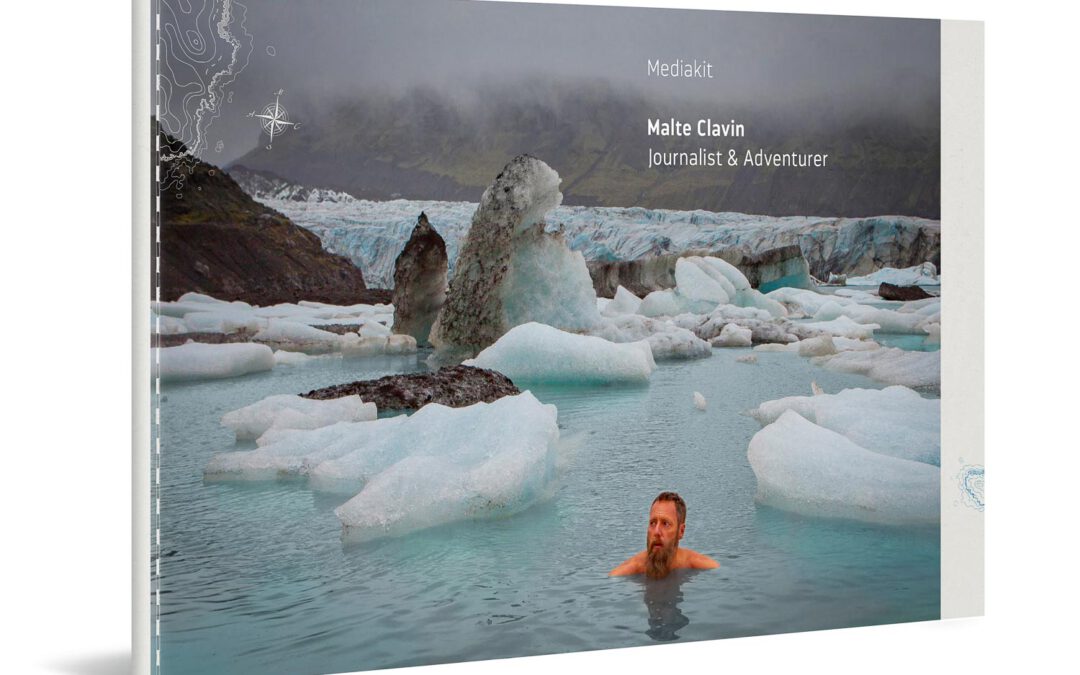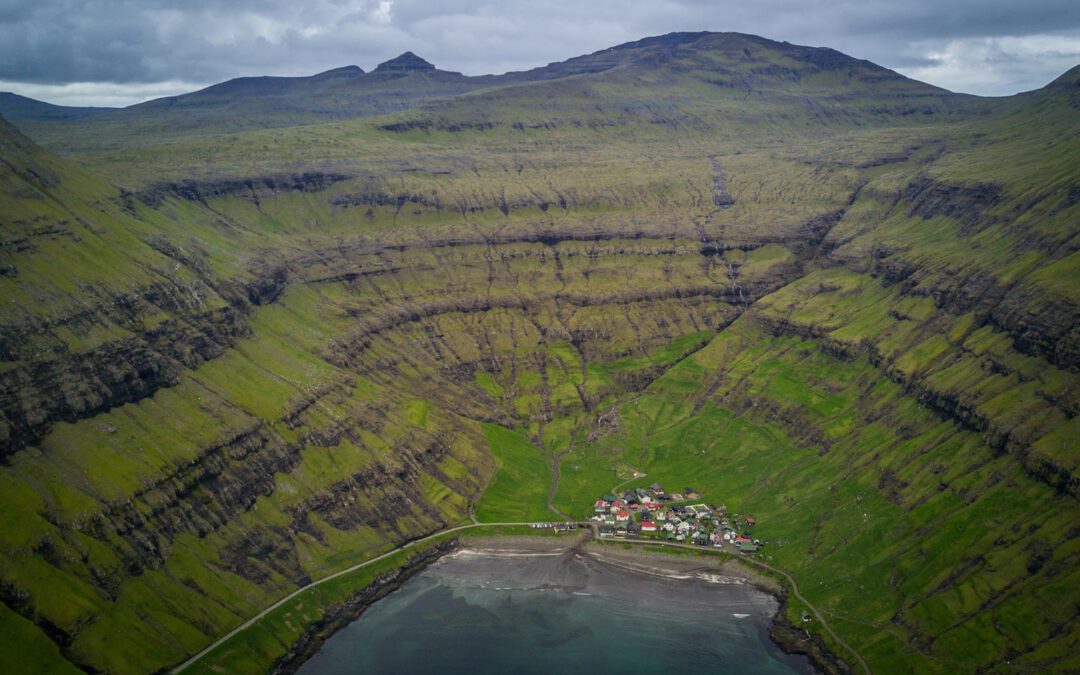
On frozen Lake Akan: strong winds turn snowflakes into small whiplashes.
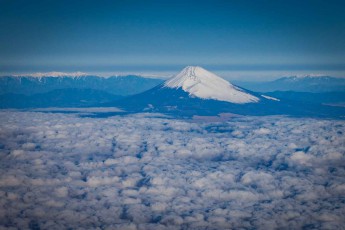
Land of the rising sun: The Fuyiama shortly after dawn and just minutes before landing in Tokyo.
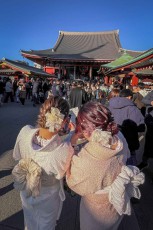
Completed in 645, Tokyo's oldest temple, the Asakusa Temple, was built for Kannon, goddess of compassion.

Available in almost all supermarkets: caffeinated pasta for impatient gamblers.
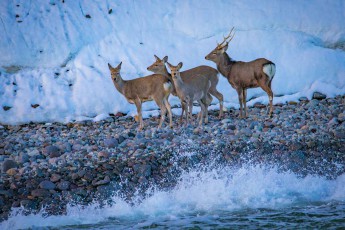
The sika deer can also be found on the coastline of the Sea of Okhotsk, where they eat seaweed that has been washed up.
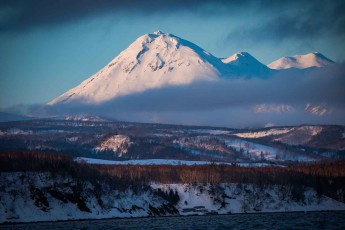
View of the highest point in Shiretoku National Park, one of the most remote regions in Japan: the 1,660 metre high Mount Rausu.
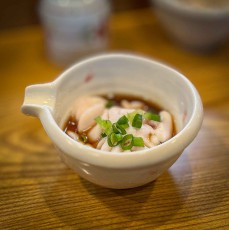
A seasonal luxury that is only available in winter:
‘Shirako’ - cod seeds in hot broth.
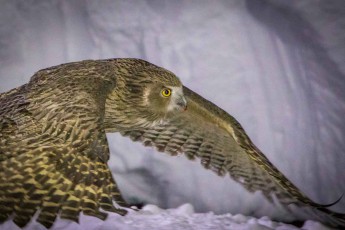
The Blakistons'n fish owl is one of the most endangered species in Japan. It is worshipped by the Ainu as the divine being Kotan-kor Kamuy: protector of the villages.
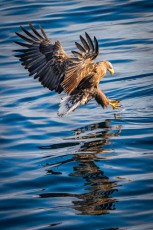
The sea eagle is Japan's second largest bird of prey after the white-tailed eagle.
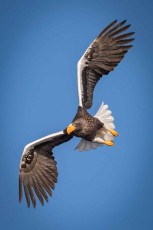
The body length of a Steller's sea eagle is up to 105 centimetres, its wingspan up to 2.80 metres.
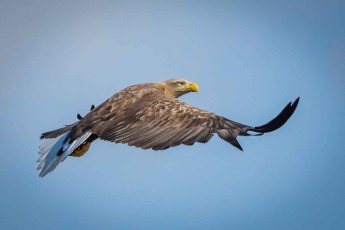
White-tailed eagles spend considerable time circling in search of prey.
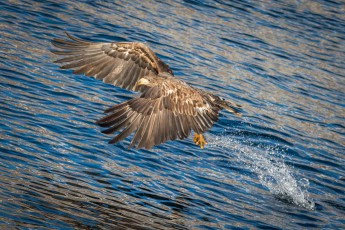
The white-tailed eagle has a wingspan of 1.9 to 2.4 metres.
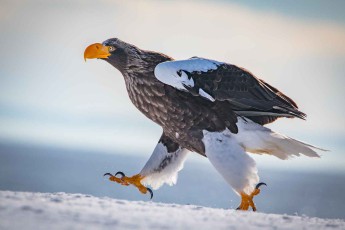
The Steller's sea eagle is one of the world's largest birds of prey.
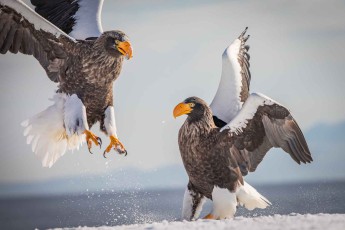
The body length of a Steller's sea eagle is up to 105 centimetres, its wingspan up to 2.80 metres.
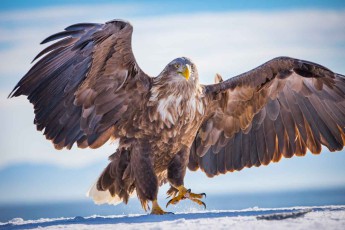
White-tailed eagles that have bred in eastern Russia migrate to Hokkaido for the winter. There they hunt for fish, ducks and gulls on ice-free stretches of coastline and rivers.

A bizarre and amusing ritual in an outbuilding of the Kitahama railway station: thousands of visitors immortalised themselves with business cards and small greetings.
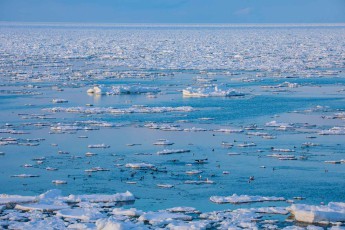
View of the drift ice of the Sea of Okhotsk. Cormorants swim in the foreground.
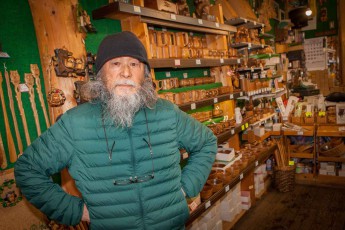
Masao Nishida, Chairman of the Ainu Crafting Association, in his shop at Lake Akan.
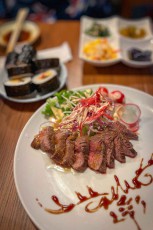
'Beef Tataki' combines the tender texture of beef with fresh cabbage, radishes, peppers, onions and an intense sauce flavour.
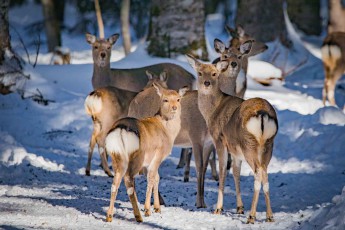
The most common large mammal in Hokkaidō and the whole of Japan is the sika deer.
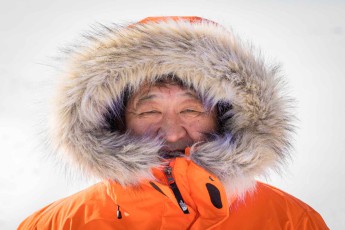
On frozen Lake Akan, nature guide Dameon Takada protects himself from the icy winter winds with a fur hood.
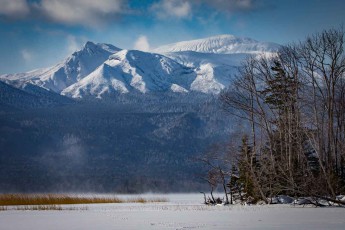
View over Lake Akan to the 1,499 metre high active volcano Mount Meakan.
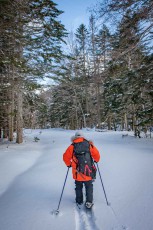
On snowshoes through untouched fresh snow: Dameon leads us through the forest near Lake Akans.
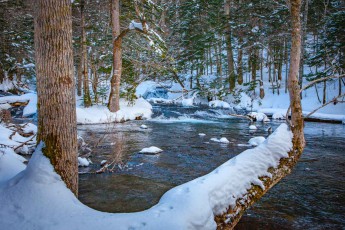
During a hike on snowshoes, without which we would have sunk about a metre into the snow, we discover this wonderful place, which invites us to linger and marvel at the wonderfully peaceful nature.
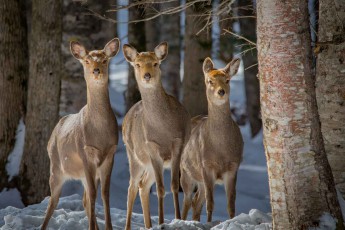
Sika deer can be seen on almost every hike around Lake Akan. Here are three young animals.
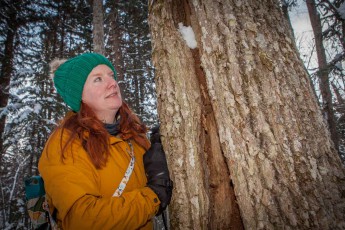
Keryn marvels at the frost crack on a tree. These can occur when the temperature suddenly drops to around -25° Celsius.
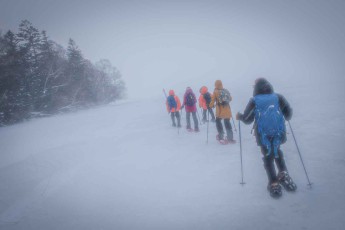
Strong winds make visibility difficult during our snowshoe hike on frozen Lake Akan.
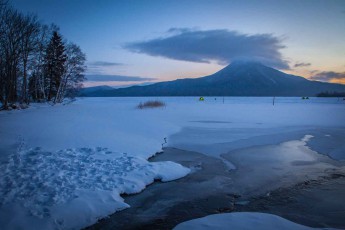
Early morning at Lake Akan. In the background, the 1,370 metre-high Mount Oakan stratovolcano.
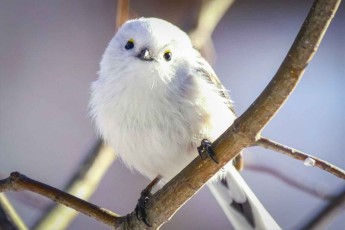
A symbol of Japanese pop culture thanks to its cuteness: the Hokkaido long-tailed tit (Image: Japan Tourism Board).
